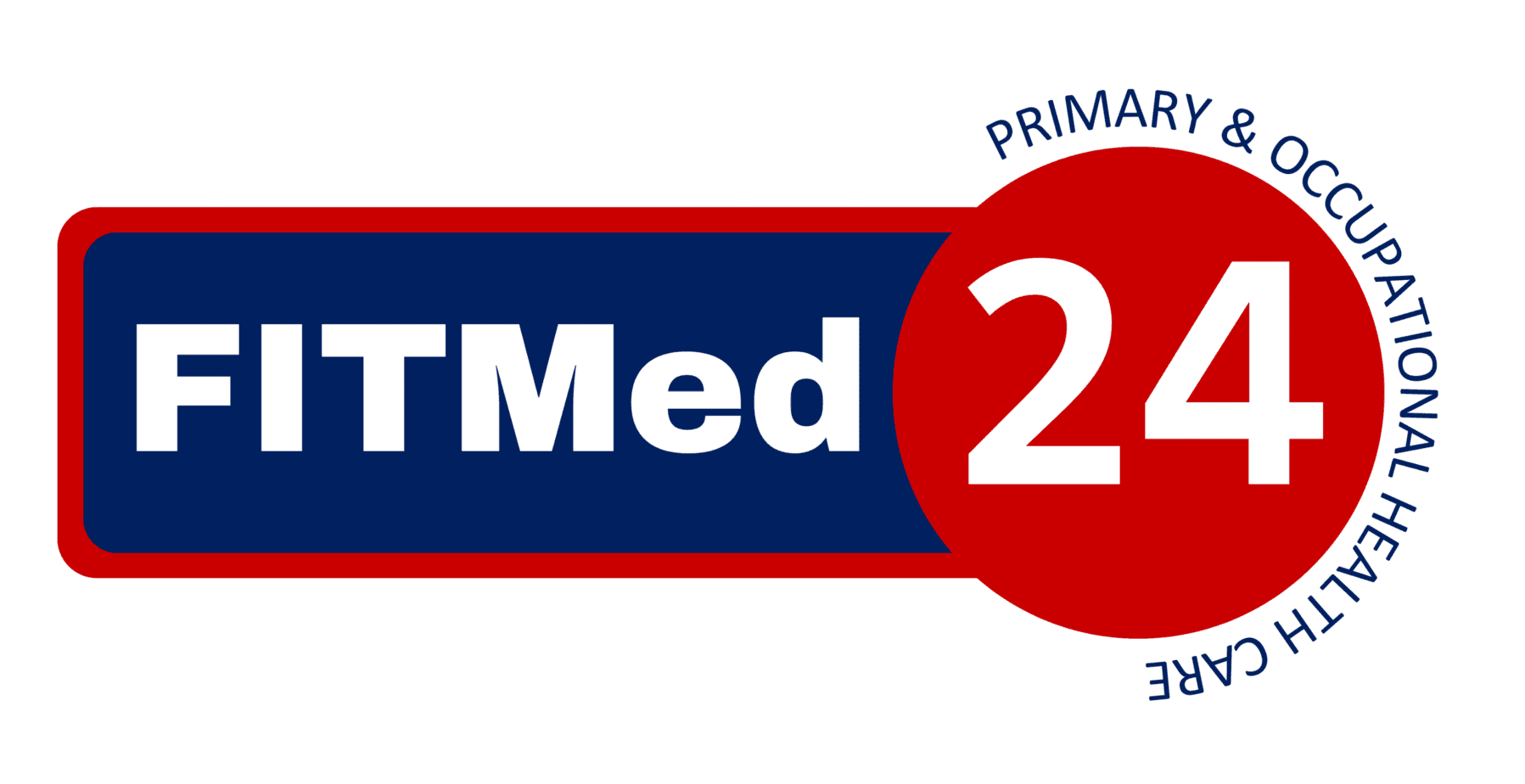Occupational Health Services Protect Both Workers and their Employers
The association between illness and the working environment has long been known, if not always particularly well understood. There are, of course, those who are simply sickened by the thought of yet another day on site or at the office, and while many employers could do a lot to make the working experience more enjoyable, it is those who may suffer an injury or develop a medical condition as the direct result of their job or the circumstances under which they may be required to tackle it that are the concern of those responsible for the nation’s occupational health services.
Serious concerns about the impact of working conditions on the health of workers first began to be voiced in Britain during the early years of the nineteenth century. Pressure from campaigners led to a number of protective measures, including acts to cover factory workers and later, coal miners, along with the formation inspectorates and various commissions to investigate working conditions, while 1880 saw the introduction of an act that, for the first time, made certain employers responsible for injuries resulting from their negligence.
Since then, the discovery of previously unknown dangers, such as asbestosis and lead poisoning, together with some new threats, such as the toxic chemicals used in the manufacture of pesticides and ionising radiation, have precipitated a flood of new legislation aimed at introducing and improving measures to ensure health and safety in the workplace.
In South Africa, among the first to recognise such dangers and to respond to them was the Chamber of Mines in its efforts to recognise, treat and prevent lung disease. Prevention of these and other work-related health issues have since become the purview of dedicated occupational health specialists, whose services extend not just to mining, but to the entire spectrum of industry and commerce in South Africa.
However, while government has been strongly supportive of this need and active in the introduction of stringent legislation mandating the obligations of employers, much of the responsibility for the practical implementation of and operation of an effective monitoring and advisory service remains largely within the private sector. The registered doctors and nurses engaged in providing the said services are, in addition to their existing qualifications, also required to hold a recognised qualification in occupational health.
Often, a larger company will arrange to maintain a facility on site, and this is likely to be staffed by one or more full-time nurses under the supervision of a doctor. Many of the smaller companies, however, will prefer to employ an external clinic-based service for pre-employment, periodic and exit medicals with on-site visits to evaluate working conditions, identify hazards and recommend corrective and preventative measures.
FITMed24 is a private, registered occupational health services provider employing doctors with extensive experience of the working conditions, their hazards and the required precautionary measures. Offering static clinic-based services and on-site medicals via our fleet of mobile clinics, we provide support for both large and small operations, and are noted for our special expertise relating to those employed in fields such as aviation, mining, construction, heavy-plant operation and food handling.

